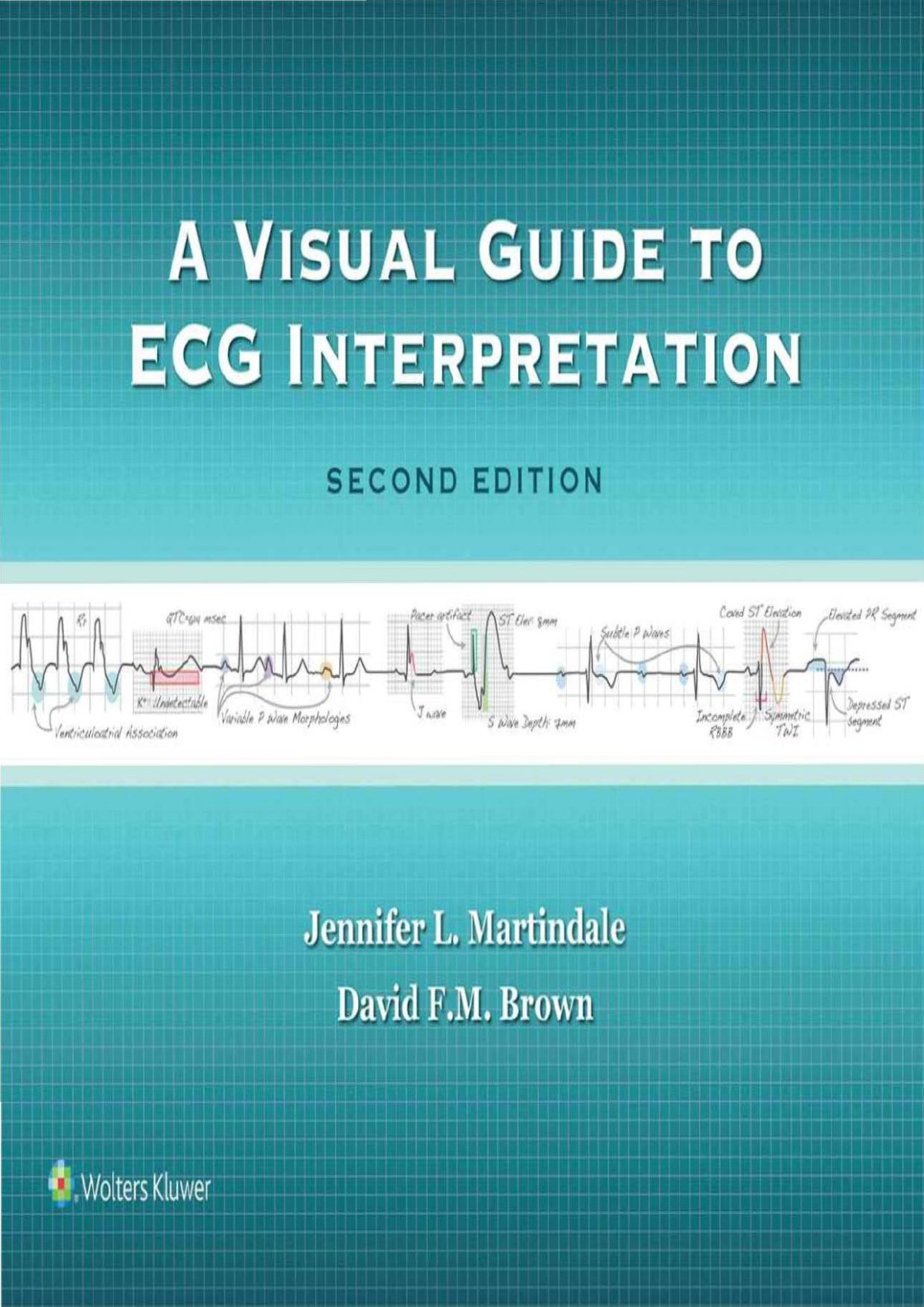

Most ebook files are in PDF format, so you can easily read them using various software such as Foxit Reader or directly on the Google Chrome browser.
Some ebook files are released by publishers in other formats such as .awz, .mobi, .epub, .fb2, etc. You may need to install specific software to read these formats on mobile/PC, such as Calibre.
Please read the tutorial at this link: https://ebookbell.com/faq
We offer FREE conversion to the popular formats you request; however, this may take some time. Therefore, right after payment, please email us, and we will try to provide the service as quickly as possible.
For some exceptional file formats or broken links (if any), please refrain from opening any disputes. Instead, email us first, and we will try to assist within a maximum of 6 hours.
EbookBell Team

4.8
104 reviewsThe main objective of this book is to provide a visual tool that will help physicians and other emergency care providers quickly recognize important ECG patterns. By the end of the book, the reader will have developed a mental repertoire of ECGs that represent medically significant conditions, including some that are potentially fatal. We hope that our illustrations and easy-to-follow explanations help to demystify ECG interpretation.
This book is intentionally graphic and nontechnical. It is designed to help clinicians make visual diagnoses by pointing out abnormalities in a colorful and pictorial fashion.
The second edition of this book maintains the same format of the book. An ECG is first shown in its native state to give the reader a chance to recognize and interpret salient features. Abnormal patterns are enlarged, highlighted in color, and described in brief text on the following page. We have added ECGs that we have collected over recent years and chosen to include those that emphasized critical pathologies including hyperkalemia, coronary occlusion, and massive pulmonary embolism. In the ischemia chapter, we decided to include ECGs with more subtle signs of coronary occlusion. The second edition is accompanied by access to an online appendix that presents ECG abnormalities in random order. We hope this will allow our readers to practice and consolidate their learning.
We would like to thank everyone who contributed electrocardiograms to this collection.